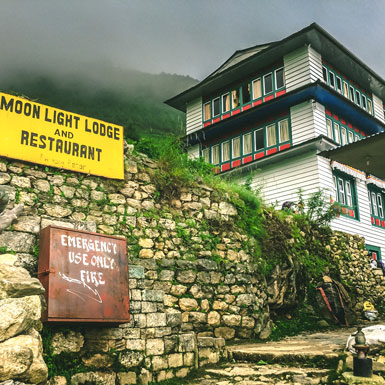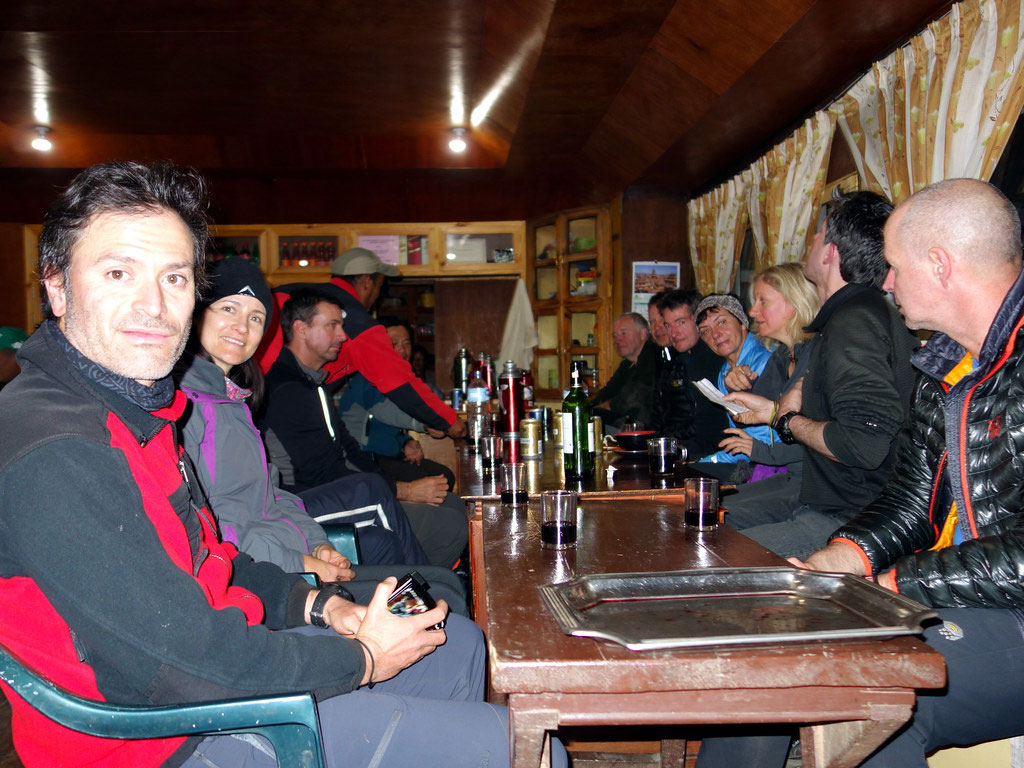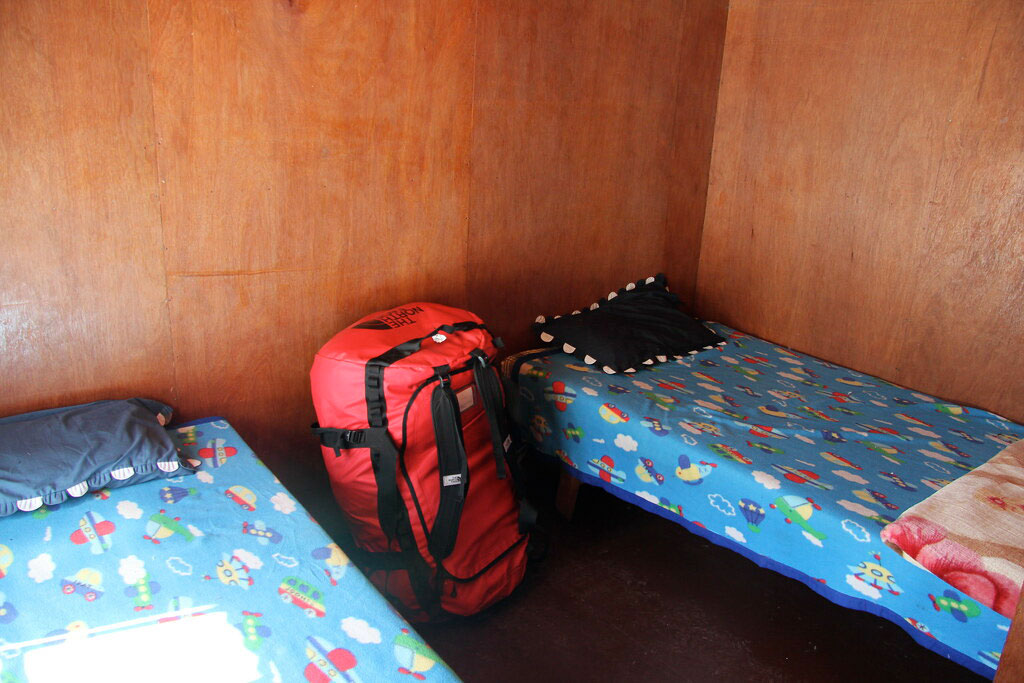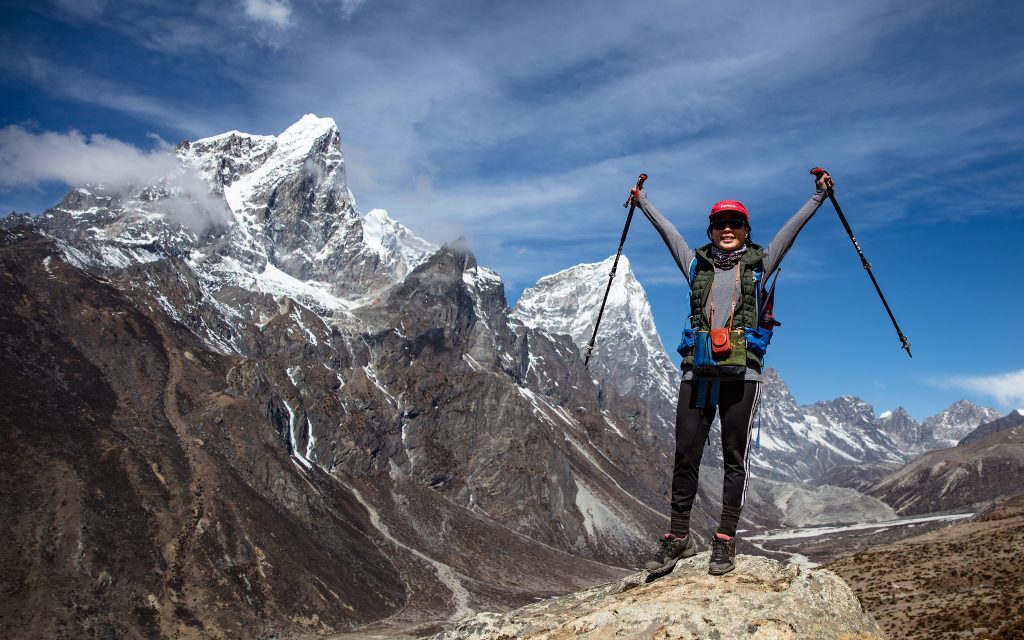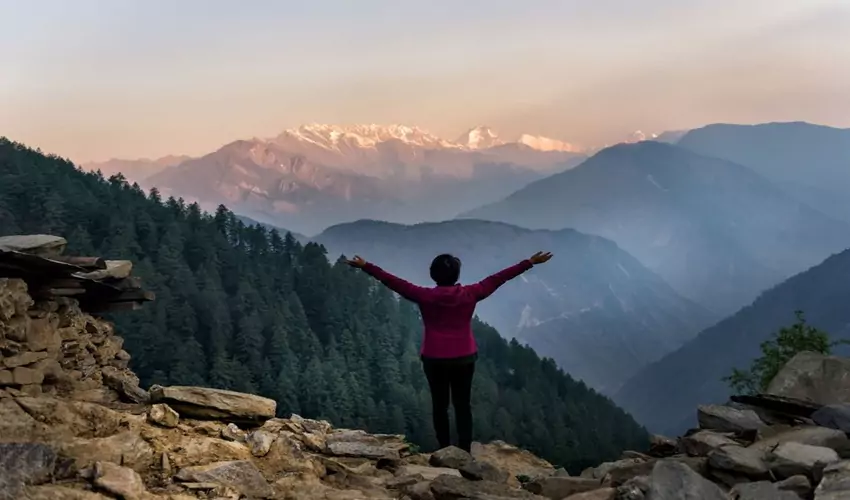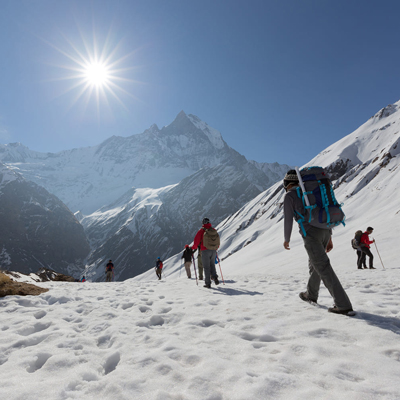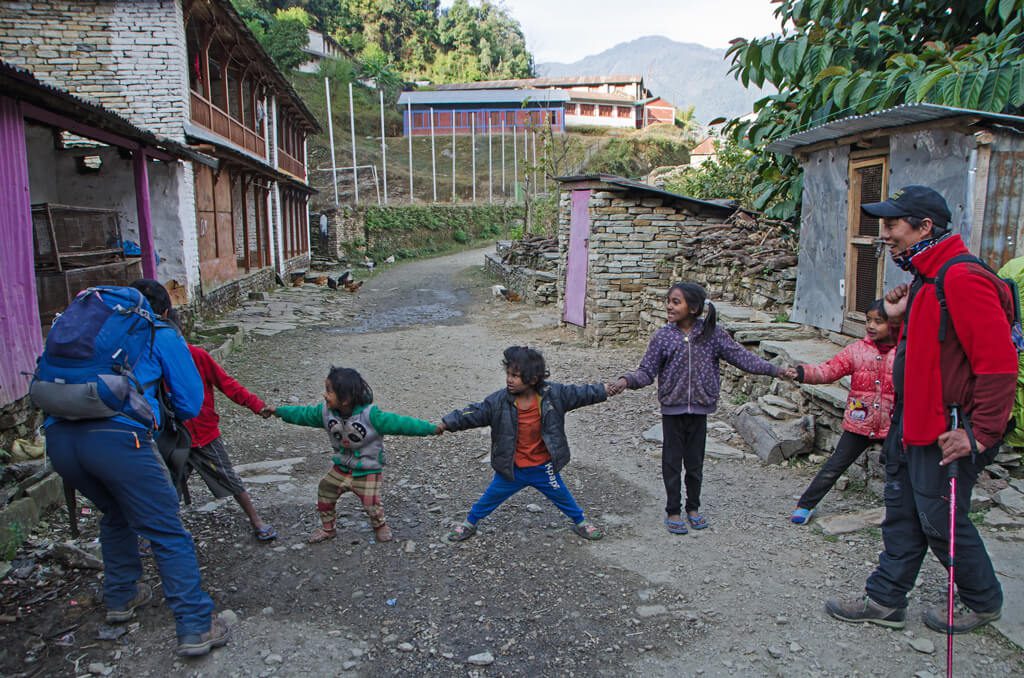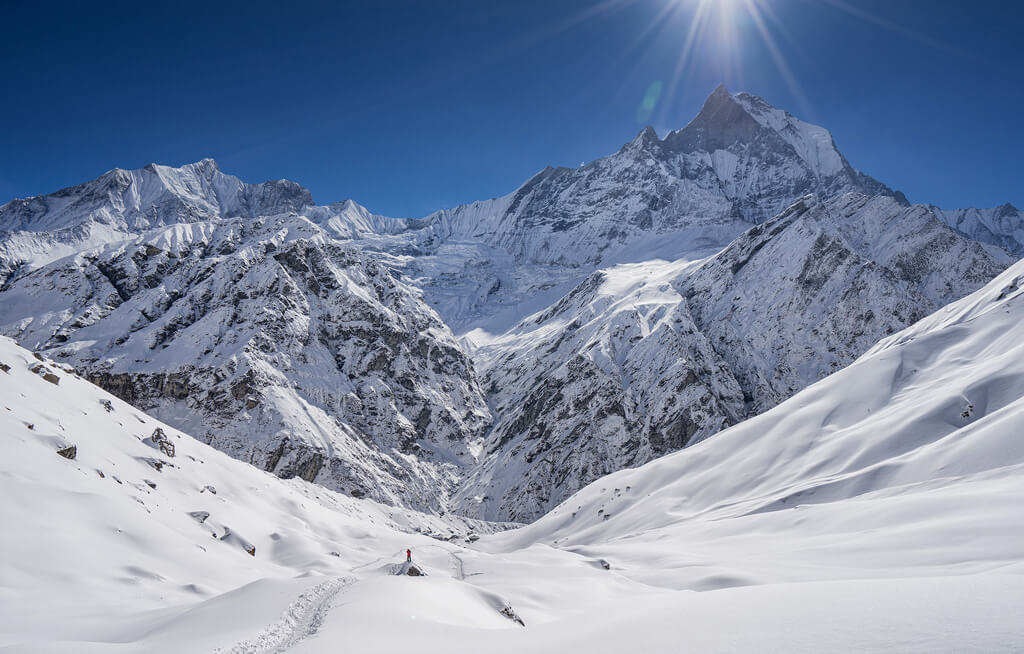Have you ever thought of trekking to a nearby city with extreme peace? Langtang Valley Trek is much more than trekking and has lots more to offer to visitors. Eleven days of Langtang Valley Trek gives you pleasure with unique experiences. You may be curious why I am saying this, but wait, I have the major attraction of trek and reasons to go for Langtang Valley Trekking.
Major Attraction of the Langtang Valley Trek
- About 7 to 8 Hours drive is enough to reach the start of the trek. You don’t have to book a flight.
- Wow, moment while trekking via Langtang Valley, also called ‘the valley of glaciers.
- Stunning Scenic views while climbing Tsergo Ri
- Panoramic view of snow-capped mountains as Ganjala Peak, Langsisa, Langtang Ri and Langtang Himal
- Real-time experience of Tibetan Buddhist Culture
- Amazing Rhododendron Forests
- Old Buddhist Shrines visits such as Kyanjin Gompa and Langtang Gompa
- Creative Tea-house within the route
- Nearest and lesser-known trek in Nepal with breathtaking moments
Reasons to go for Langtang Valley Trek
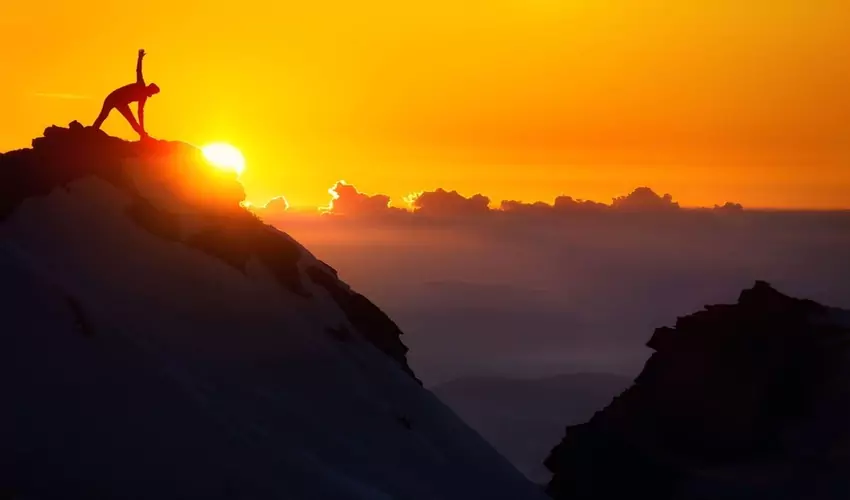
1. Easy Access and Nearby Off the Beaten Trails
Imagine yourself in a place with people you love and care about enjoying nature. It is worth feeling nature so nearby. You may have been looking for some premium feel long ago.
Langtang Valley is situated on the Northside of Kathmandu Valley, about a 7-8 hours drive from Kathmandu. The Trek starts from Syarubesi, located in the Rasuwa district of Nepal.
Furthermore, Langtang Trekking is an accessible destination and the best alternative for Everest Base Camp Trek and Annapurna Base Camp Trek for people with low fitness levels or limited time to enjoy the trek or mountains.
2. Play Hide and Seek with Mountains
Playing hide and seek with mountains may not be possible, but if you are a trekking freak and do this trek, you will realize how things can turn your way.
The Langtang Valley Trekking package doesn’t list playing hide and seek in the Langtang Valley Trek Itinerary, but we are lucky enough to do that. No mountains are over 8000m here, but Langtang Lirung’s pristine beauty is set to take your reality to the next level. You will find yourself in the middle of the mountains in no time.
You will be enjoying nature and mountains from Day 1, and the journey continues till Day 11. Oh, Wow, playing hide and seek with mountains is an incredible feeling that you need to experience, and beautiful waterfalls will be acting as add-ons in your game.
3. Explore Wildlife and Dense Forest

Wildlife adventure is another significant aspect that people are looking at these days. This package offers the opportunity to know the wildlife and extreme forests.
Langtang Trek Route has lots of surprises as you pass by. The region is filled with oak trees, bamboo, and Rhododendrons, the national flower of Nepal.
Are you thinking of having some lovely dates on the trek? What could be more romantic than being surrounded by oak trees and lovely red Rhododendrons?
But things may go scary if you are not careful. Langtang Region nurtures the most fantastic wildlife species, including Wild Deer, Falcons, Lizards, Rhesus Monkeys, Langurs, Himalayan Tahr, and Himalayan Black Bears. If the day is perfect for you, you will enjoy a glimpse of Red Panda.
4. Meet People with Great Hearts
Warm greetings are an asset that people have in this locality. These greetings aren’t only for the Nepalese but are equal to the group of people who admire the beauty of our country and enjoy being indulged in our culture and customs. The local people are kind to have big hearts. People are amiable and respectful towards all nationals of other countries.
The 2015 earthquake hard hit the region, but still, people managed to move ahead. People know the pain, and they don’t want others to feel it. You will feel like you are at home, away from home. With the rebuilt and improved infrastructure, you will find the heart of people more loving and caring.
Imagine love and care from people in an unknown land; the moment is beyond imagination. You can find a warm welcome and respect, which will make your trip more memorable.
5. Designed for Everyone
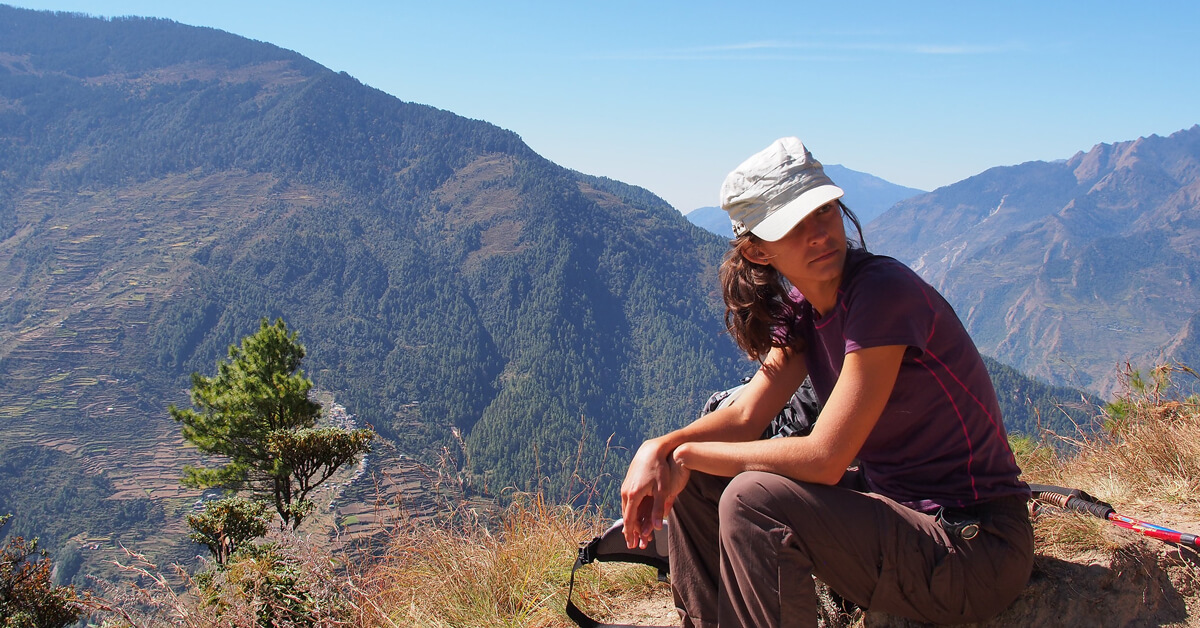
Nepali impression is all about mountains and heights, but terrain can be adjusted according to the needs of people. In the case of the Langtang Region, it is auto-adjusted. People will feel that they should have done it earlier. All the positive vibes will hit your mind, and you could create some lifelong memories.
In another sense, we can say that this is the package that every trek lover should try. Moreover, it is a family destination where all age groups can trek. Have you ever thought of going on a trek with your family members? If not, you’ll want to.
This is the magic of Langtang Valley Trek, in fact, the magic of Nepal. Our trips not only make you fall in love with natural beauty but bring your family and relations together.
6. Value for Money Trek
Many of us evaluate the itinerary with monetary value in every available package. Is this package worth that amount? That is what many people ask. In the case of value for money, this trek could be the perfect match.
Langtang Valley Trek Itinerary is promising, and Langtang Valley Trek’s cost is less than other regions’ trekking. Every penny you spend will be worth it; you may even feel why you didn’t come earlier. We can say it’s a total value pack combo for the low-budget traveler.
Langtang Valley Trek Facts
- Trip Duration:10 nights / 11 days
- Trekking Duration: 9 days
- Location: North Nepal (Langtang Region)
- Culture: Tamang and Tibetan culture
- Highest elevation: 5000m
- Activity: Trekking
- Trekking Hour: 4/7 hrs each day
- Grade Information: Moderate
- Season: Autumn and spring
- Starts in: Kathmandu
- Ends in: Kathmandu
- Accommodation: Double/Twin sharing in Hotel/Lodge and an occasional hot shower (for an extra fee)
- Transportation: Private Vehicle & Local Bus
You may also like:
Other FAQs Related to Langtang Valley Trek

1. Where is Langtang Mountain Located?
Langtang Mountain lies between the China and Nepal border. It is located on the north side of Kathmandu Valley.
2. Do trekkers need permits for Langtang Valley Trek?
Yes, People other than Nepali citizens need two permits to trek in the Langtang region but you don’t need any other special trekking permit.
3. How challenging is Langtang Valley Trek?
Though the trek isn’t arduous and takes you to the maximum altitude of 5000 meters, there are high chances that even healthy people can fall prey. Therefore it is best suggested to carry medicines for altitude sickness. Additionally, it’s highly recommended to do light exercises a week or two before the trek. Doing so will make your trek much easier than expected.
4. How much does the trekking permit cost for Langtang Valley Trek?
You need to pay $20 per person for TIMS and $30 per person for Langtang National Park Entry Permit.
5. Does this trek need any physical requirements?
This trek is suitable for almost all age groups with moderate fitness levels. If you have any other illness, you need to consult a physician before the trip.
6. What will be the starting point of the trip?
Kathmandu will be the starting point for the trip.
7. How long will this trek take?
It usually depends upon the itinerary you have. It can be completed within 8 to 11 days depending upon the condition.
8. When is the best time for this trek?
Autumn (September to November) and spring (March to May), are the best season for Langtang Trek. The sky is clear at this time, and you will get to see panoramic views of the Langtang Mountains.
9. What will be the maximum altitude we reach in Langtang Valley Trek?
Tsergo Ri (5000m) is the top altitude that we reach from where we can see impressive mountains and valleys.
10. I am a first-time trekker. Can I do this?
This is the perfect starter package, people with moderate fitness levels also can do this trekking perfectly.
For more info, please check “Langtang Trek FAQs.”
Peregrine Trip Notes
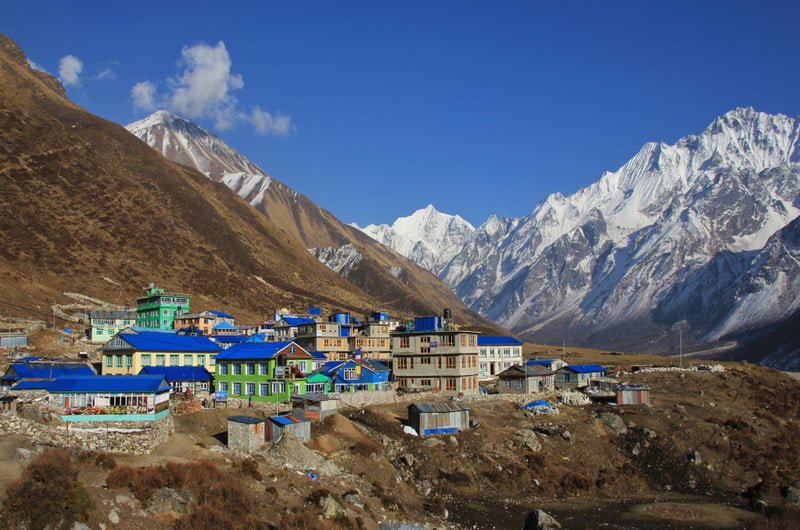
1. Safety and Security
Most national governments provide updated advice services on safety issues involved with international travel. We recommend staying updated on your government’s advice for the latest travel information before travel and while on the road.
Peregrine endeavors to conduct its operations safely and your guide has the authority to amend or cancel any part of the trip itinerary if it is deemed necessary due to safety concerns. However, Peregrine is not liable to you in the event of injury, death, financial loss, or any other damages incurred due to Force Majeure, e.g., political turmoil, riots, war, landslide, flooding, etc. Peregrine requires you to carry insurance that covers such unforeseeable circumstances.
Adventure trips, trekking, hiking, tour, and water-based activities, such as swimming, snorkeling, and diving, inherently hold an element of danger and excitement. While we take every precaution to ensure that these activities are carried out in agreement with operating standards, please have a balanced approach to safety and note that participation will always be at your own risk.
2. The Law and “the Man”
Peregrine does not tolerate illegal drugs, nor do we tolerate visiting prostitutes. This goes even though it may be shared among specific communities we visit. Possession of illegal drugs is a crime punishable by life imprisonment in Nepal. Peregrine and its guides reserve the right to expel anyone engaging in these activities immediately from the group.
3. Travel Insurance
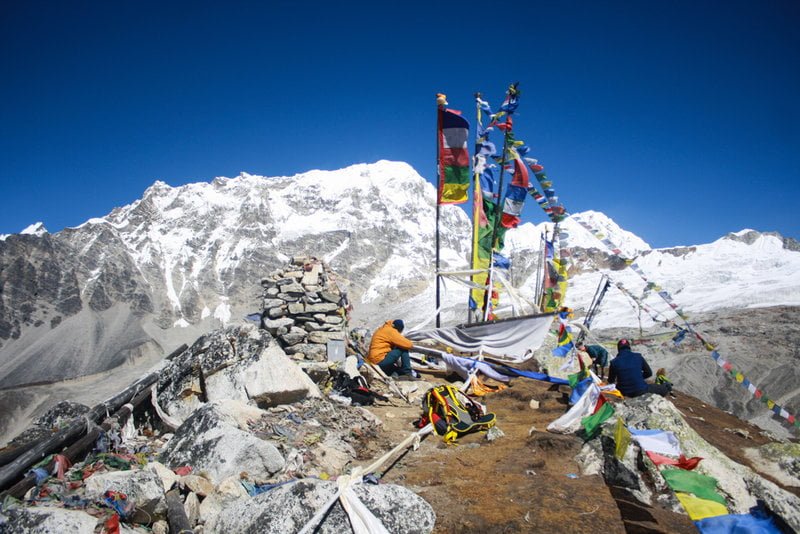
Valid personal travel insurance is a prerequisite to participate in any activity or tour organized by Peregrine. It should as a minimum, but not exclusively cover medical expenses, personal injury, repatriation, and evacuation. Further amendments to your policy, such as trip cancellation, loss of luggage, and personal effects are not required but strongly recommended.
Peregrine will not be held liable for lost or stolen luggage and reserves the right to deny participation in any activity or tour if you do not hold valid travel insurance. You must be able to provide “proof of insurance” if requested by Peregrine or any of its representatives.
4. Additional Expenditures
Take into account your personal spending habits when deciding how much money to bring. Are meals included? How much will you drink and party? How many souvenirs do you intend to take home? Also, a hot shower is not included in the package and you will have to pay from your pocket in order to have it.
Remember to include tips in your calculations, and we also recommend keeping an emergency fund for unforeseen circumstances beyond our control.
5. Keeping in Touch

It is good to leave your booking agent’s contact details or Peregrine’s contact information with friends or family in your home country in case of emergencies.
6. Meals
Peregrine allows you to try authentic Nepali food. When meals are not included, your guide will be able to suggest restaurants and the best dishes during your trip. Your guide will generally order a variety of dishes to sample. Please notify your tour leader of any allergies or dietary restrictions.
7. Money
We recommend withdrawing money from ATMs, which are widely available throughout Nepal. This can keep your money safe in the bank -not vulnerable in your back pocket. Remember to bring your bank’s emergency contact details in the event that your card is stolen. You might also consider bringing a spare card in case one gets stolen.
Remember to keep them separated. We recommend that you bring some spare cash in USD in an emergency.
What’s holding you back? Grab the bag, pack it, and start your adventurous journey. If you want more information on this trek, visit our Langtang Valley Trek package page.
Moreover, we are ready to answer all your queries via [email protected], Let’s catch up and communicate.

